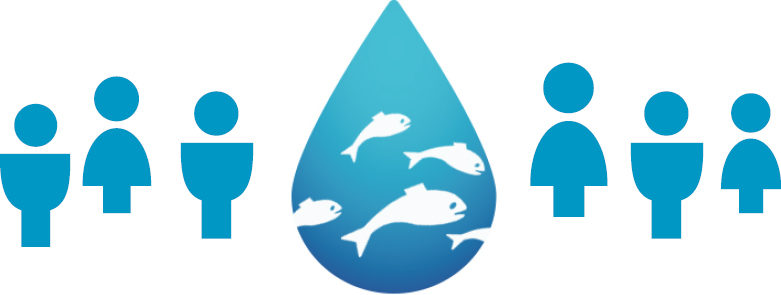Greening the blue, bluing the green
Greening the Blue – Bluing the Green
Having a common “land and sea” language is of utmost importance to ensure that common dilemmas of the trade-offs due to food production are treated alike so that informed choices can be made. Trade-offs of all food production and its nutritional value, include biodiversity and/or nature loss as well as an effect on climate and whether communities thrive (or not). The choices that are made concerning these trade-offs per food type are political. Making them more comparable however a task for science.
The framework to help appraise these trade-offs also between land and sea is missing. Circular food production (and circular bio-based economy) thinking focuses largely on land while food is also harvested from waterways, seas and oceans. Furthermore the two (dry and wet) systems also “leak” into each other. Without looking at the whole we risk developing “segregated solutions” that create problems elsewhere. Farming seaweed for cattle feed, for example, might be an excellent mitigation measure for land based agriculture however large scale extraction of nutrients at sea can affect both fisheries stocks as well as the natural ecosystem. The trade off for nature of the nutrient use at sea for land, if not viewed in an integrated manner, would be missed without this broader perspective. Read more
In the Global Action Network meeting in November 2021, the Netherlands’ focal point suggested to establish, and offered to chair, a working group to highlight food and feed within planetary boundaries in connection to the UN Ocean Conference. A working group has been established and the work is in progress.
